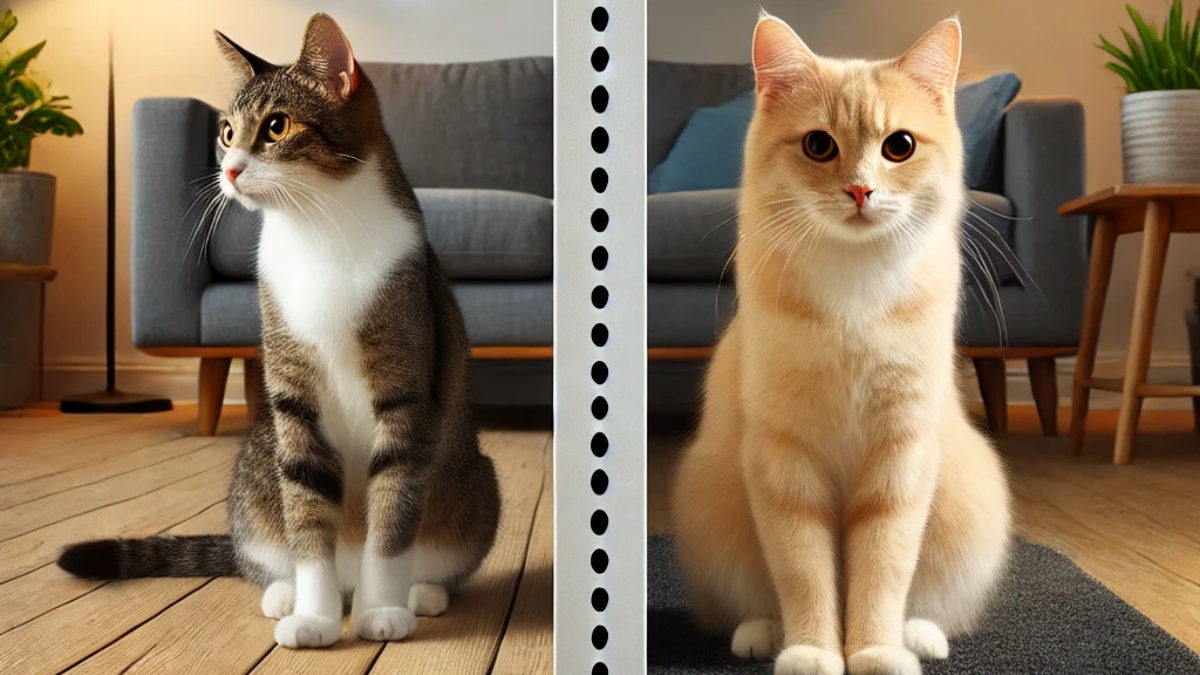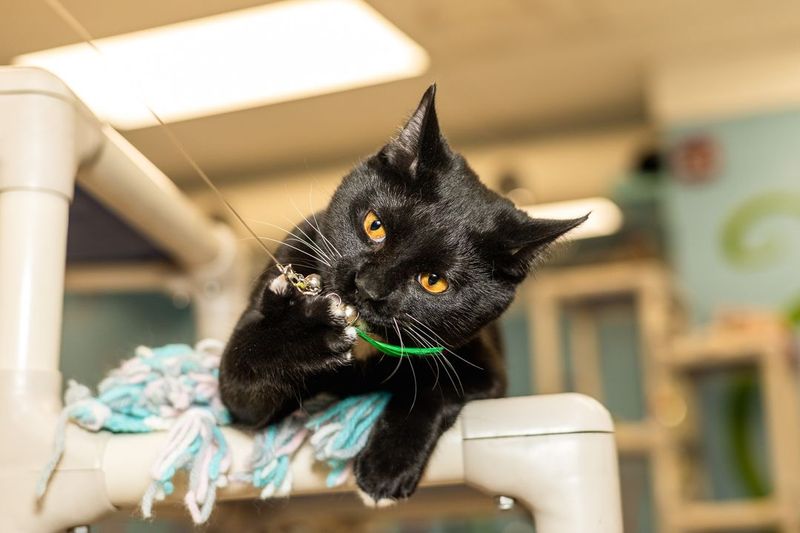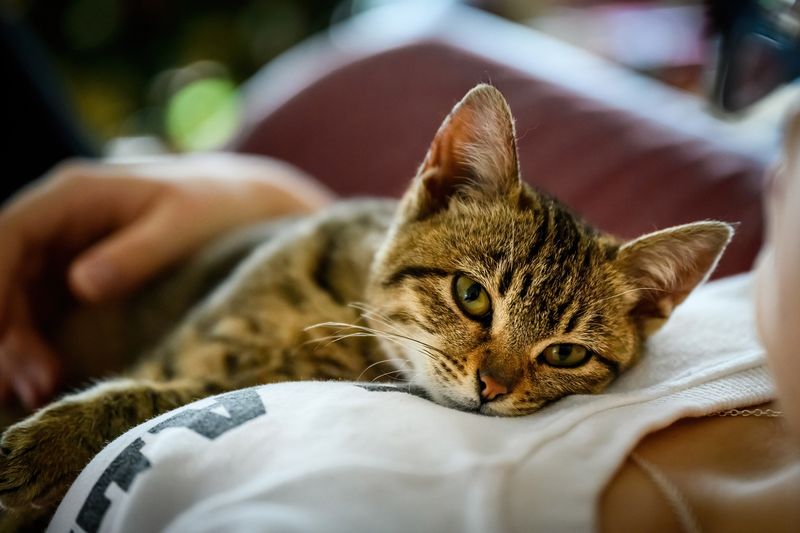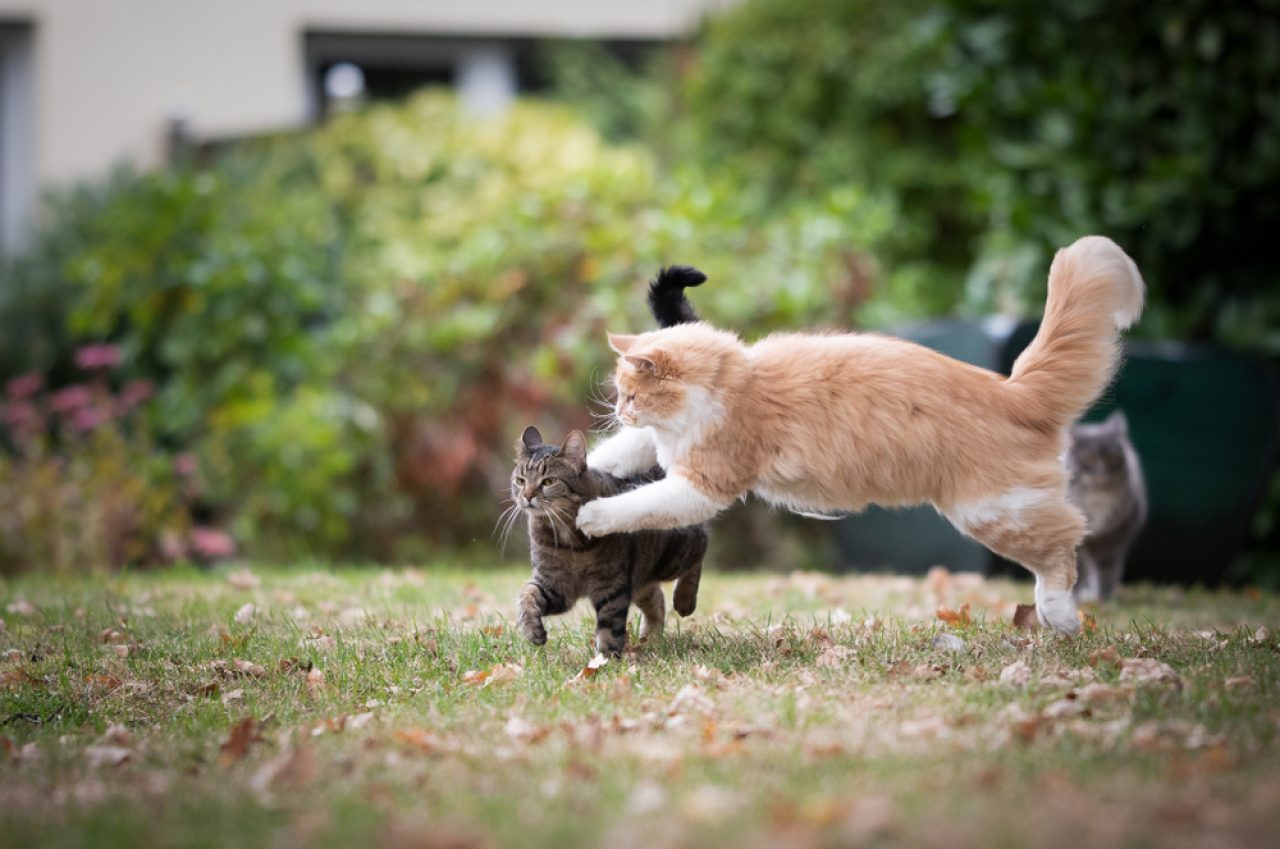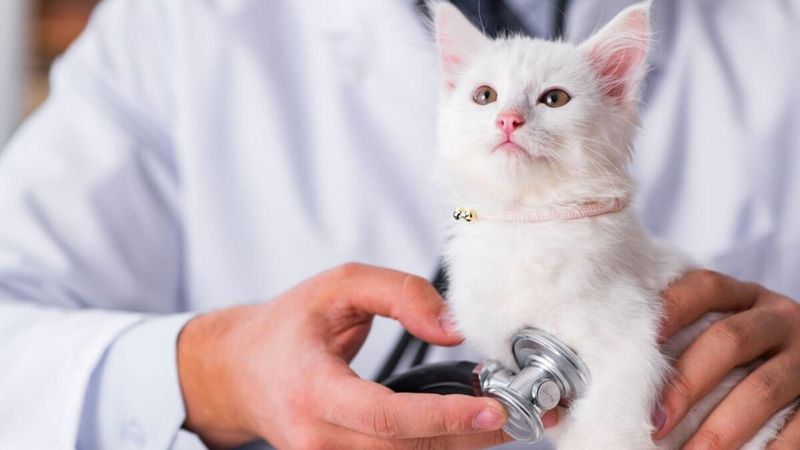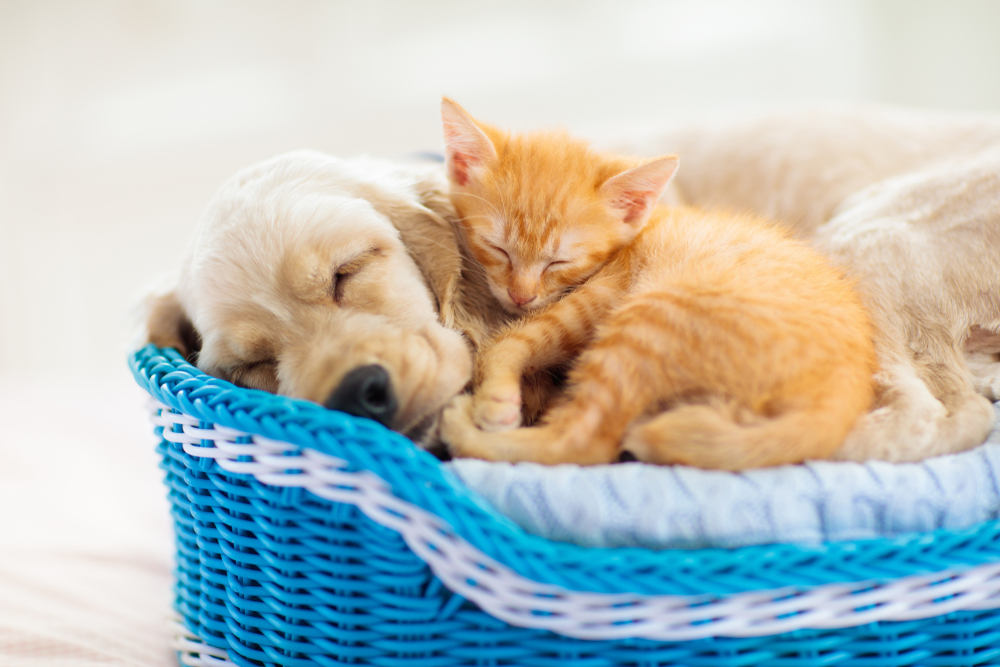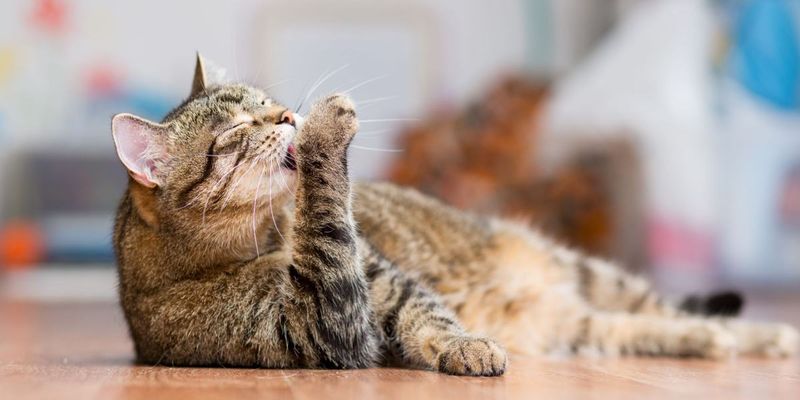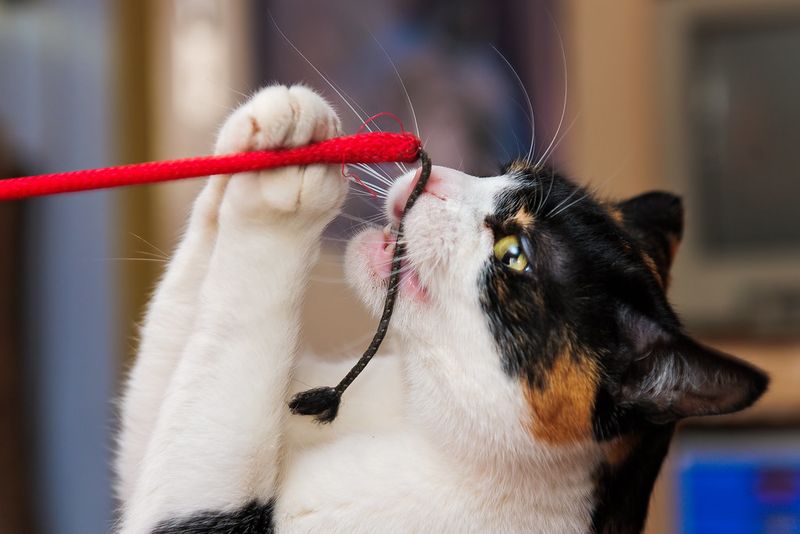📖 Table of Content:
Choosing a new cat is an exciting decision, but one common question often arises: should you adopt a male or female cat? While every feline is unique, some general differences could influence your choice. Here are 12 key factors to consider when deciding whether a male or female cat is the right fit for your home.
1. Size and Build
Male cats tend to be larger and more muscular than their female counterparts. If you prefer a sturdier cat, a male might be the way to go. Female cats are usually smaller and more delicate in build, which might appeal to those who prefer a more petite pet.
However, the size difference can also affect their energy levels and agility, with male cats often being more laid-back and female cats tending to be quicker and more nimble. Ultimately, the decision may come down to your personal preference for a larger or smaller feline companion.
2. Temperament
In general, male cats are often described as more laid-back and social, especially if neutered. They may enjoy cuddling and being the center of attention.
Female cats, on the other hand, can be a bit more independent and reserved, though this varies greatly depending on the individual cat’s personality. In general, male cats are often described as more laid-back and social, especially if neutered. They may enjoy cuddling and being the center of attention. Female cats, on the other hand, can be a bit more independent and reserved, though this varies greatly depending on the individual cat’s personality.
3. Territorial Behavior
Male cats are more likely to display territorial behaviors, such as spraying to mark their territory, especially if they are not neutered. Spaying and neutering significantly reduce these tendencies in both genders, but it’s something to consider if you’re adopting an intact pet.
Male cats are more likely to display territorial behaviors, such as spraying to mark their territory, especially if they are not neutered. Spaying and neutering significantly reduce these tendencies in both genders, but it’s something to consider if you’re adopting an intact pet.
4. Affection Levels
Many cat owners report that neutered male cats tend to be more affectionate and people-oriented, while females can be more selective about when and how they show affection.
However, every cat is unique, and socialization plays a big role in how affectionate a cat will be. Many cat owners report that neutered male cats tend to be more affectionate and people-oriented, while females can be more selective about when and how they show affection. Every cat is unique, and socialization plays a big role in how affectionate a cat will be.
5. Energy Levels
Female cats, particularly unspayed ones, may display higher energy levels and be more playful when in heat. Male cats, on the other hand, often show bursts of energy but generally settle into a calmer demeanor over time, especially if neutered.
Female cats, particularly unspayed ones, may display higher energy levels and be more playful when in heat. Male cats, on the other hand, often show bursts of energy but generally settle into a calmer demeanor over time, especially if neutered.
6. Health Considerations
Both male and female cats have specific health concerns. Males are more prone to urinary blockages, a potentially life-threatening condition, while females are at risk of developing uterine infections or mammary tumors if not spayed.
Regular veterinary care is crucial for both genders. Both male and female cats have specific health concerns. Males are more prone to urinary blockages, a potentially life-threatening condition, while females are at risk of developing uterine infections or mammary tumors if not spayed.
7. Interaction with Other Pets
Male cats often adapt well to multi-pet households and can be more tolerant of sharing their space. Females may be more territorial, especially when introducing a new pet.
Understanding the dynamics of your current pets can help in making this decision. Male cats often adapt well to multi-pet households and can be more tolerant of sharing their space. Females may be more territorial, especially when introducing a new pet. Understanding the dynamics of your current pets can help in making this decision.
8. Cost of Care
Spaying a female cat is typically more expensive than neutering a male, due to the complexity of the procedure. However, this is a one-time cost and should not be the sole factor in your decision. Additionally, routine veterinary visits, vaccinations, and potential medical expenses for either gender should be factored into your overall budget.
It’s also worth noting that preventive care, such as spaying and neutering, can help avoid costly health issues down the road. Investing in pet insurance or setting aside an emergency fund can provide peace of mind and financial stability for unforeseen situations.
9. Vocalization
Female cats, especially when unspayed, can be more vocal during heat cycles. Male cats may also vocalize, particularly if they sense a nearby female in heat, but this behavior is usually less intense after neutering.
Female cats in heat often exhibit loud and persistent meowing, which can last for several days. On the other hand, neutered males are typically quieter, although some may still chirp or meow to communicate with their owners. Training and consistent interaction can help manage excessive vocalization in either gender.
10. Bonding with Humans
While male cats are often seen as more people-oriented, female cats can form very strong bonds with their owners. They may take longer to warm up, but their loyalty and affection can be equally rewarding. Female cats often demonstrate their attachment through subtle gestures, such as sitting nearby or quietly following their owners around the house.
Male cats, on the other hand, might display their affection more overtly through cuddling and playful interactions. Regardless of gender, the time and effort you invest in building trust and connection will play a crucial role in strengthening the bond with your feline companion.
11. Grooming Habits
Male cats often have a reputation for being more relaxed in their grooming habits. Picture a lazy afternoon, where the sun filters through the window, casting warm patches on the floor. A male cat sprawls there, occasionally licking his fur with a lackadaisical precision.
In contrast, female cats tend to be a bit more fastidious, almost as if they have an internal checklist to follow. They meticulously clean themselves, ensuring every strand of fur is in place. While males may occasionally overlook a spot, females rarely do, often maintaining a sleek and polished appearance.
12. Playfulness
Female cats are often seen as the more playful and adventurous gender. Imagine a sunlit room, where a feather toy dances in the air. A female cat leaps and pounces with grace, her eyes alight with mischief and curiosity.
Her agile movements are a blur of energy, each jump more daring than the last. Male cats, on the other hand, might enjoy a more relaxed play session, preferring to bat lazily at a toy mouse rather than engage in acrobatics. The female’s spirited antics bring joy and laughter to any household.
